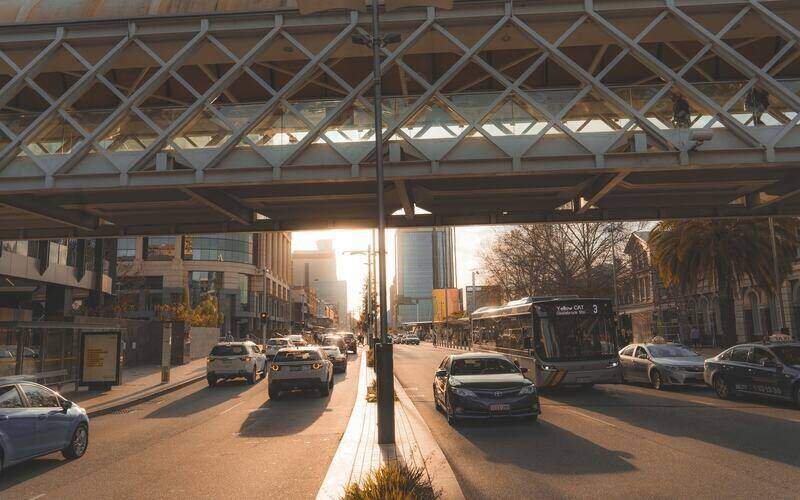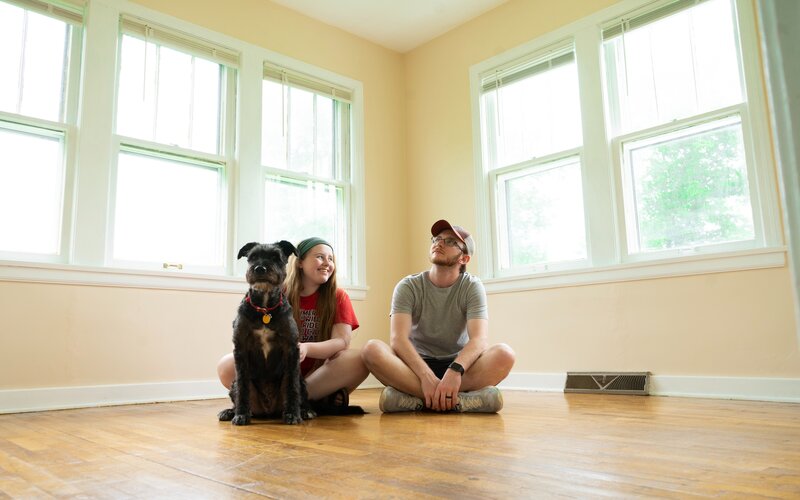New AHURI research (Australian Housing and Urban Research Institute) showed a decline in the number of private rentals that are affordable to lower income groups.
'Affordable' in the context of renting is generally considered to be when someone is not in rental stress, which is usually 30% of take home income being spent on housing costs.
AHURI analysed Sydney, Melbourne, Wollongong and Geelong as case study cities, and in its research (conducted prior to the pandemic), a 'critical' shortage of affordable rentals was identified.
"In Australian cities, higher paying jobs in knowledge and service industries are historically located in central areas, which in turn are well served by public transport,’ the report’s lead author, Professor Nicole Gurran from The University of Sydney said.
"Housing located close to employment centres is more expensive, meaning lower paid workers may face housing affordability burdens or long commutes from less expensive areas.
"Others may face barriers to entering the workforce, because of where they can afford to live."
Related: Long commutes make 37% reconsider where they live
Across Australia, the percentage of lower income households paying unaffordable rents increased from 29% to 46% over a 10-year period examined in the study.
Meanwhile, the shortage of affordable low-income dwellings is 173,000 nationwide, meaning there are 173,000 struggling households who may be unable to find a place to live.
The most extreme shortage was in Sydney, where 71% (60,000) of all lower income private rental households pay unaffordable rent, up from 40,500 in 2011.
Other major employment areas with shortages of affordable rental properties were the Gold Coast, Sunshine Coast (QLD), and Newcastle (NSW).
"Increasing the supply of housing affordable to lower income earners, and particularly rental housing, is an important strategy to support economic growth in areas of high employment opportunity, such as our capital cities," Professor Gurran said.
"It is also essential to increase affordable rental supply in areas of new growth, supporting businesses and services which depend on attracting and retaining staff.
Not everyone can work-from-home
While many Australians were able to work from home during the pandemic (and want to continue to do so), those on lower incomes often couldn't due to the nature of their job.
Industries like retail, hospitality, accommodation and the arts, which require face-to-face work, are predominantly staffed by renters and low-income workers (which often overlap).
"Even if we see some decentralisation of employment opportunities in the future, it will be important to provide affordable rental housing opportunities for existing lower income workers and those seeking to relocate," Professor Gurran said.
"Low income renters are either enduring affordability stress, commuting burdens, or both in order to access employment opportunities."
While the government has previously encouraged those on JobSeeker or looking for more work to move to rural areas for employment, moving while renting can be very expensive, especially on low incomes.
Buying a home or looking to refinance? The table below features home loans with some of the lowest interest rates on the market for owner-occupiers.
| Lender | Home Loan | Interest Rate | Comparison Rate* | Monthly Repayment | Repayment type | Rate Type | Offset | Redraw | Ongoing Fees | Upfront Fees | Max LVR | Lump Sum Repayment | Extra Repayments | Split Loan Option | Tags | Features | Link | Compare | Promoted Product | Disclosure |
|---|---|---|---|---|---|---|---|---|---|---|---|---|---|---|---|---|---|---|---|---|
5.54% p.a. | 5.58% p.a. | $2,852 | Principal & Interest | Variable | $0 | $530 | 90% |
| Promoted | Disclosure | ||||||||||
5.49% p.a. | 5.40% p.a. | $2,836 | Principal & Interest | Variable | $0 | $0 | 80% |
| Promoted | Disclosure | ||||||||||
5.64% p.a. | 5.89% p.a. | $2,883 | Principal & Interest | Variable | $250 | $250 | 60% |
| Promoted | Disclosure | ||||||||||
5.64% p.a. | 5.89% p.a. | $2,883 | Principal & Interest | Variable | $248 | $350 | 60% |
| Disclosure |
Should rent assistance be increased?
Overall rental affordability is at its highest level in 13 years, according to The Real Estate Institute of Australia (REIA), but for those on JobSeeker it's a very different story.
Just over 0% of rental properties are affordable for income support recipients across the country based on current prices.
Research from The Conversation yesterday revealed more than two million Australians will be below the poverty line when income support is reduced or removed next week, and the average renter would have only $17.57 per day to meet basic costs after housing.
To help avoid a 'rental cliff', Dr Simone Casey of the Future Social Service Institute at RMIT University says a range of strategies will need to be introduced.
"These include options advocated by ACOSS and others to increase the maximum rate of Commonwealth Rent Assistance by 50%, increase the JobSeeker base rate above the poverty line and introduce rental stress grants targeted at individuals who need help," she said.
"Over the longer term, there is also a need to adopt strategic approaches to increase the supply of affordable rental housing such as those recommended by researchers at the Australian Housing and Urban Research Institute (AHURI)."
The rent assistance payment, received by more than 1.2 million people, is currently a maximum of $139.60 for a single with no children and $164.08 for a single with one or two children.
Like Dr Casey, the Grattan Institute's Brendan Coates says the rates of rent assistance can be increased at a comparatively small cost, and should be raised by 40%.
That's an extra $1,400 a year for singles.
"The Government’s first priority should be boosting Commonwealth Rent Assistance, which has not kept pace with rent increases over the past two decades," Mr Coates said.
"Boosting Rent Assistance would do much more to reduce poverty in retirement per government dollar spent than the alternatives, including lifting the Age Pension."
Photo via Harry Cunningham on Unsplash

Ready, Set, Buy!
Learn everything you need to know about buying property – from choosing the right property and home loan, to the purchasing process, tips to save money and more!
With bonus Q&A sheet and Crossword!







 Denise Raward
Denise Raward
 Harry O'Sullivan
Harry O'Sullivan
 Bea Garcia
Bea Garcia

 Rachel Horan
Rachel Horan

